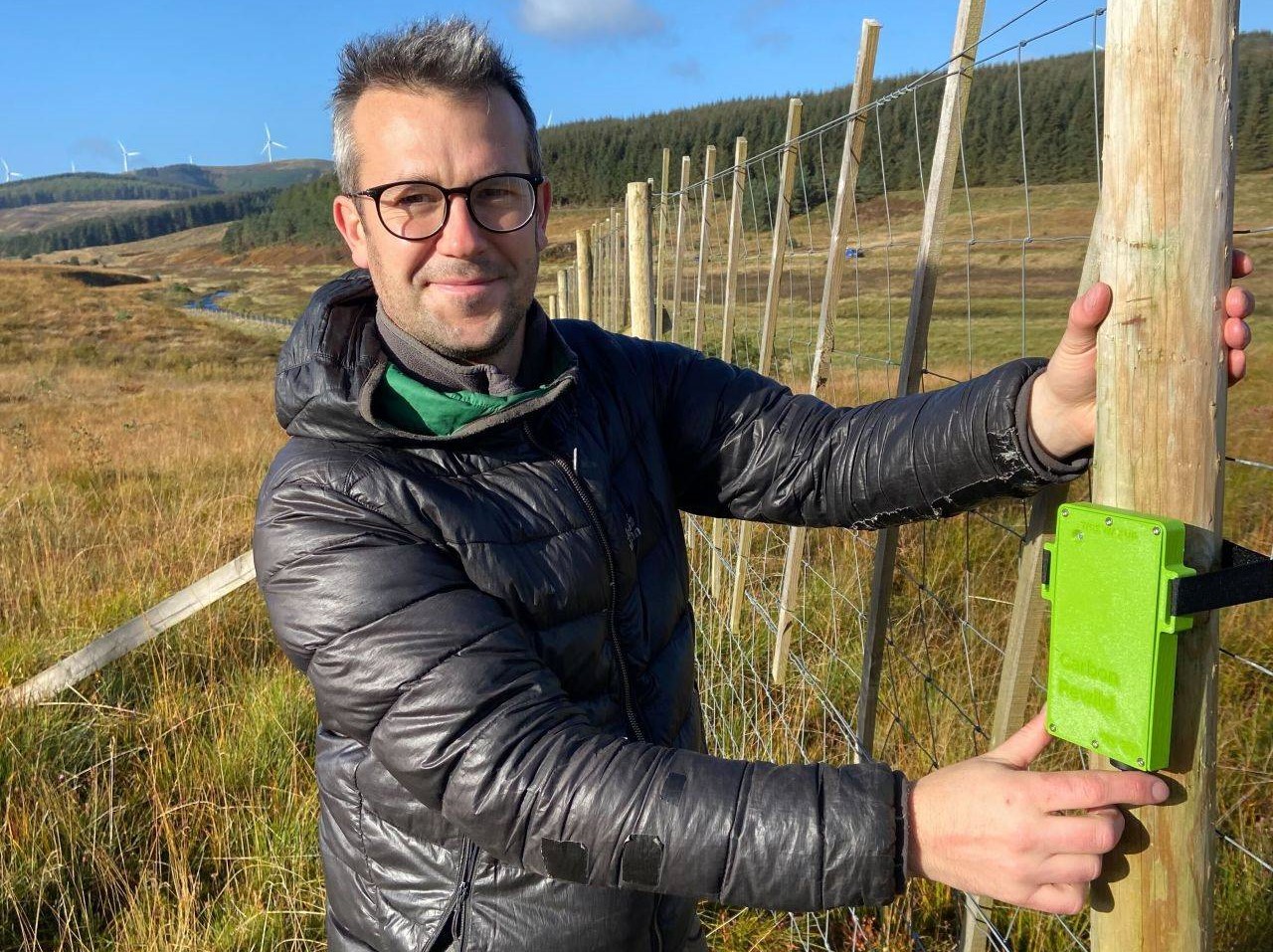We partnered with Carbon Rewild in the Autumn of 2022 to monitor biodiversity on an existing Forest Carbon project site in the Scottish Borders. Hawkshaw is a 31 hectare native broadleaf woodland that began planting along the banks of the Tweed in Autumn of 2020 and was finished by Spring 2021; it has since been validated under the Woodland Carbon Code. The aim was to create a natural woodland that is well suited to the local conditions and that will benefit the other habitats on the site such as the blanket bog and water courses.
The deployment of Carbon Rewilds Bioacoustics boxes aimed to survey the bird species diversity and overall population on site. The survey was carried out between 10th October and 4th November with 5 recording devices strategically located throughout the project.

The bioacoustics boxes work through passive acoustic monitoring whilst they are on site. Once the survey period is finished, they are despatched back to Carbon Rewild who use machine learning analysis of the recordings to determine birdsong. Custom filtering and statistical analysis is the next stage of the process with further human verification being the final step.
The results identified 27 bird species, several of which can be considered key indicator species whose presence or abundance can reflect the health of the ecosystem. Species of interest that were identified include: Redwing, Fieldfare, Mistle thrush. There was a strong presence of grassland birds, such as the meadow pipit, redwing, kestrel, which may change in time with the additional woodland creation expected on the site.
A further 4 species were also identified through the survey, although due to insufficient evidence, they were removed from the validated results and require further verification through additional or alternative surveys.
Of the overall 27 species identified, they can be split up in terms of their conservation status from 3 red list, 7 amber list and the remaining 17 green list. There were 3,447 calls from identified bird species of which the Wren tops the list for the most identified calls.
Ultimately with only birds being identified as part of the survey we have no concrete information on the populations of insects, small mammals or fish. However, it is recognised that birds act as a key indicator of the overall health of the ecosystem. This survey will act as a valuable baseline helping to determine the effectiveness of this project and projects of its type in improving habitat for biodiversity.
/public/67e/569/9f4/67e5699f42331705368466.jpg)
/public/679/c84/bcf/679c84bcf3224958888954.jpg)
/public/678/918/fd1/678918fd11411329806741.jpg)